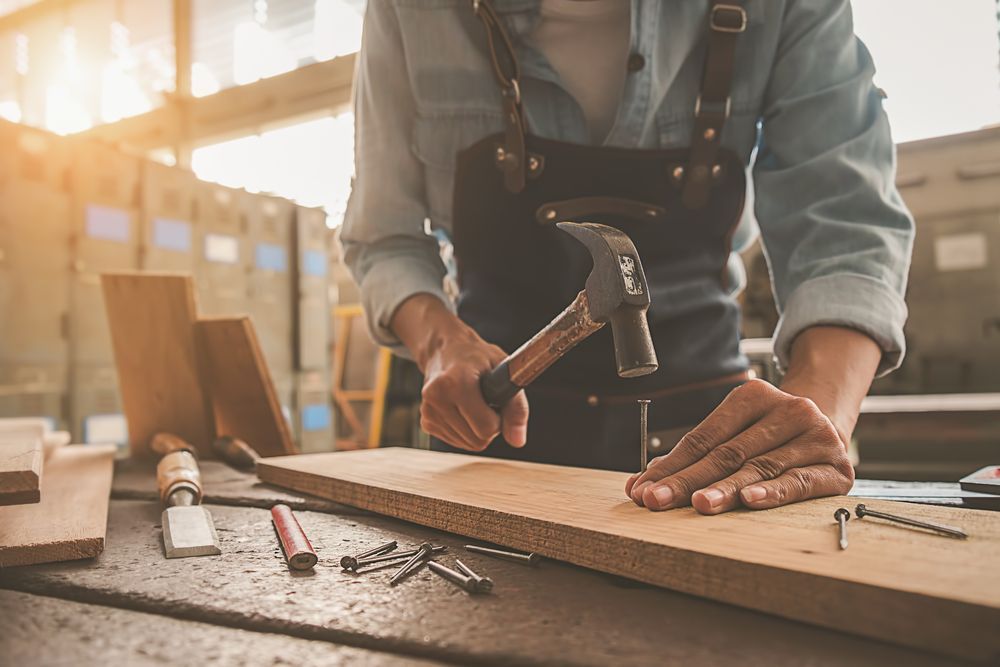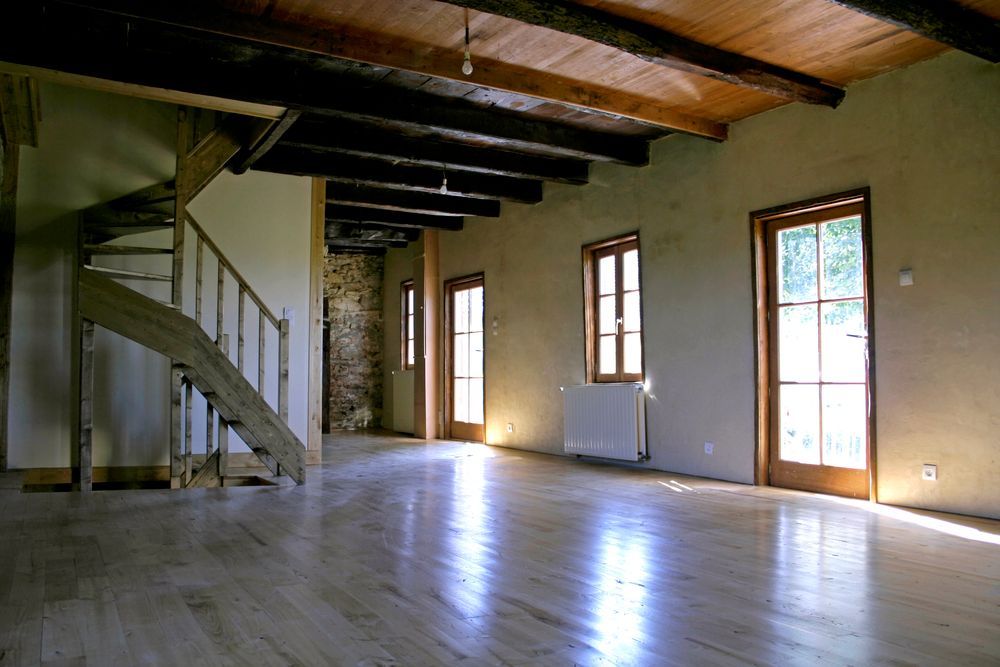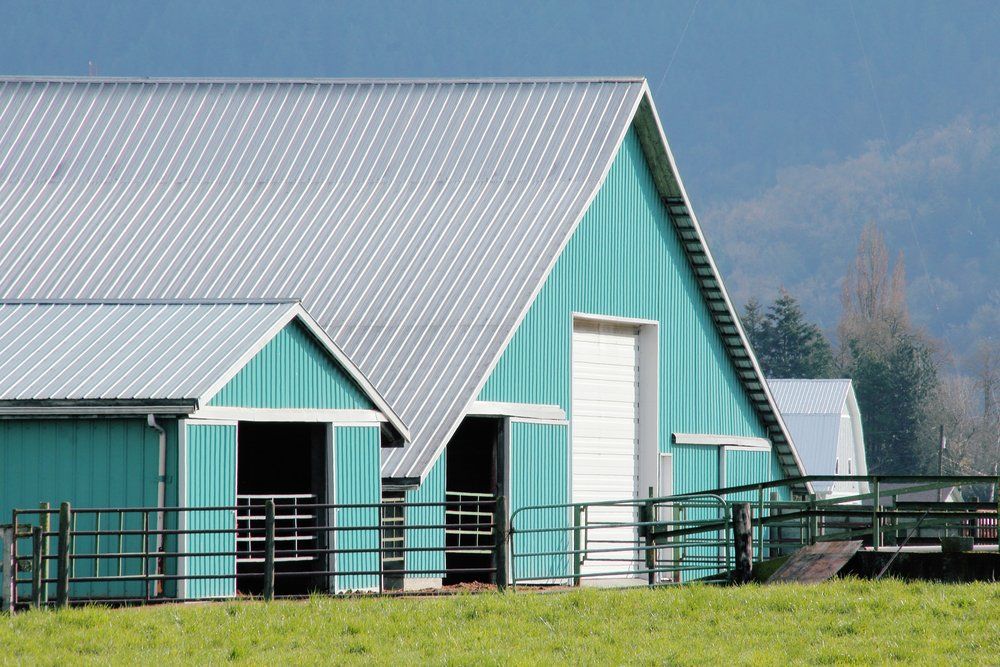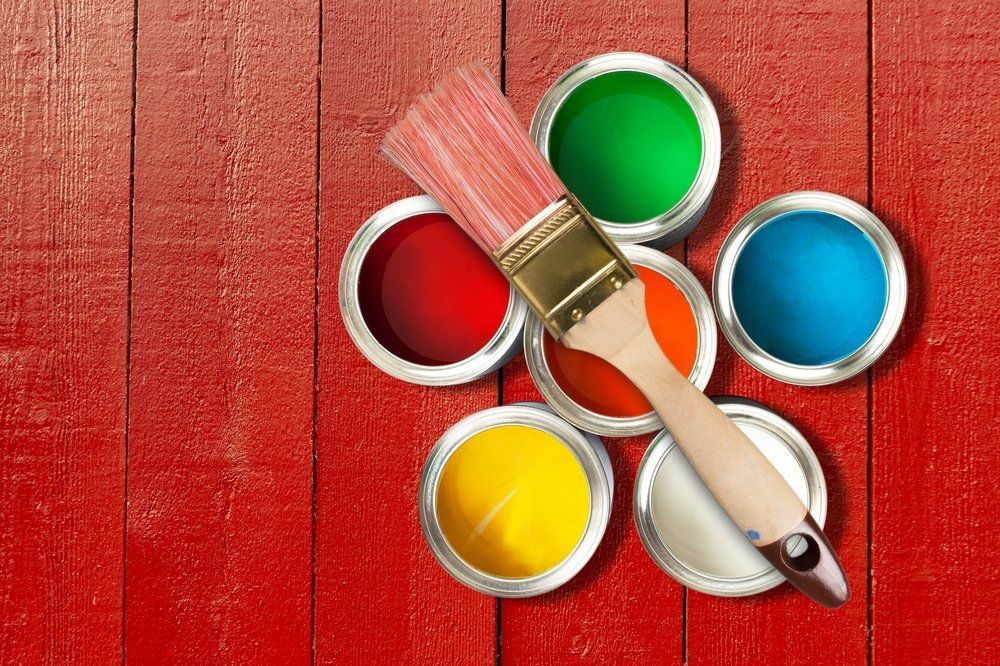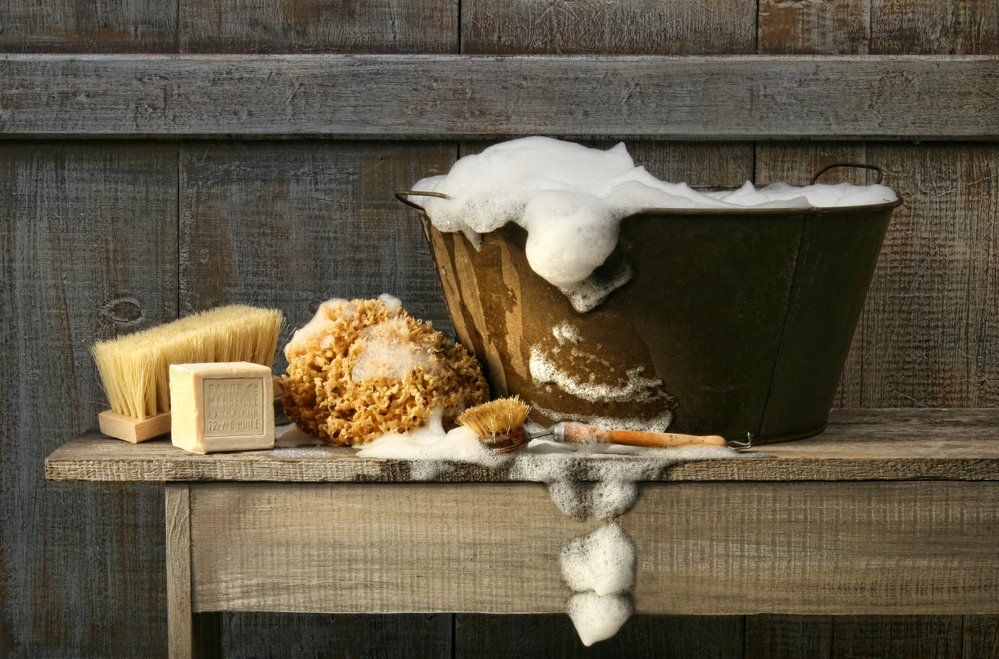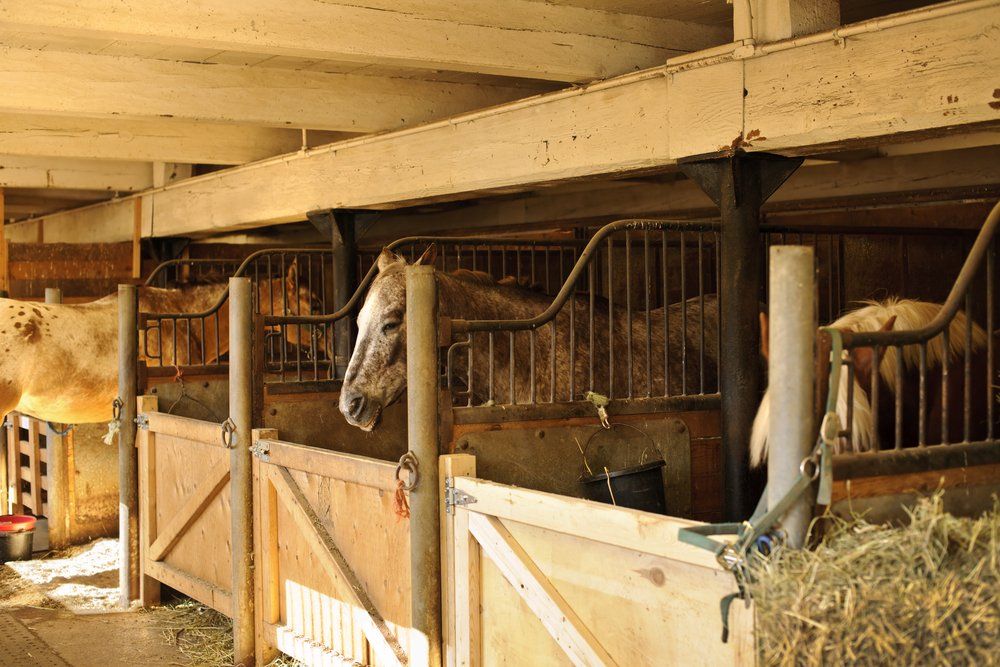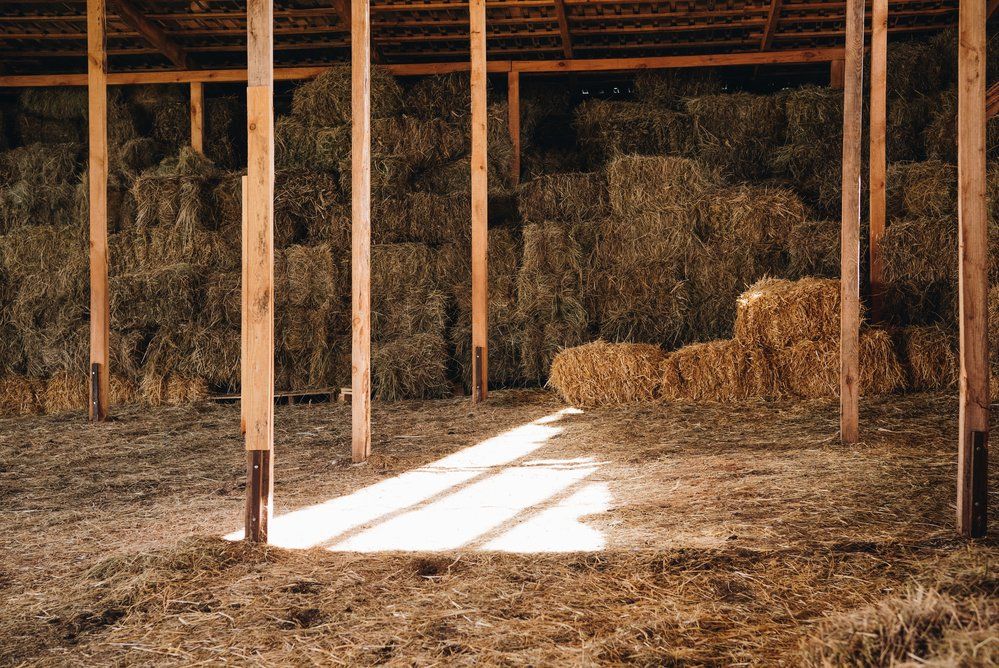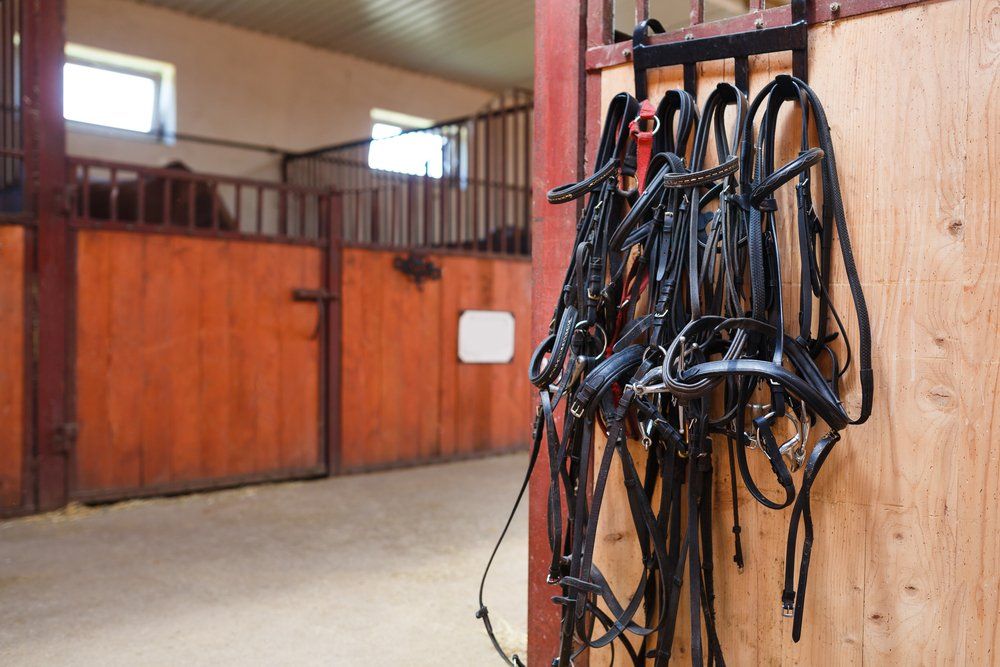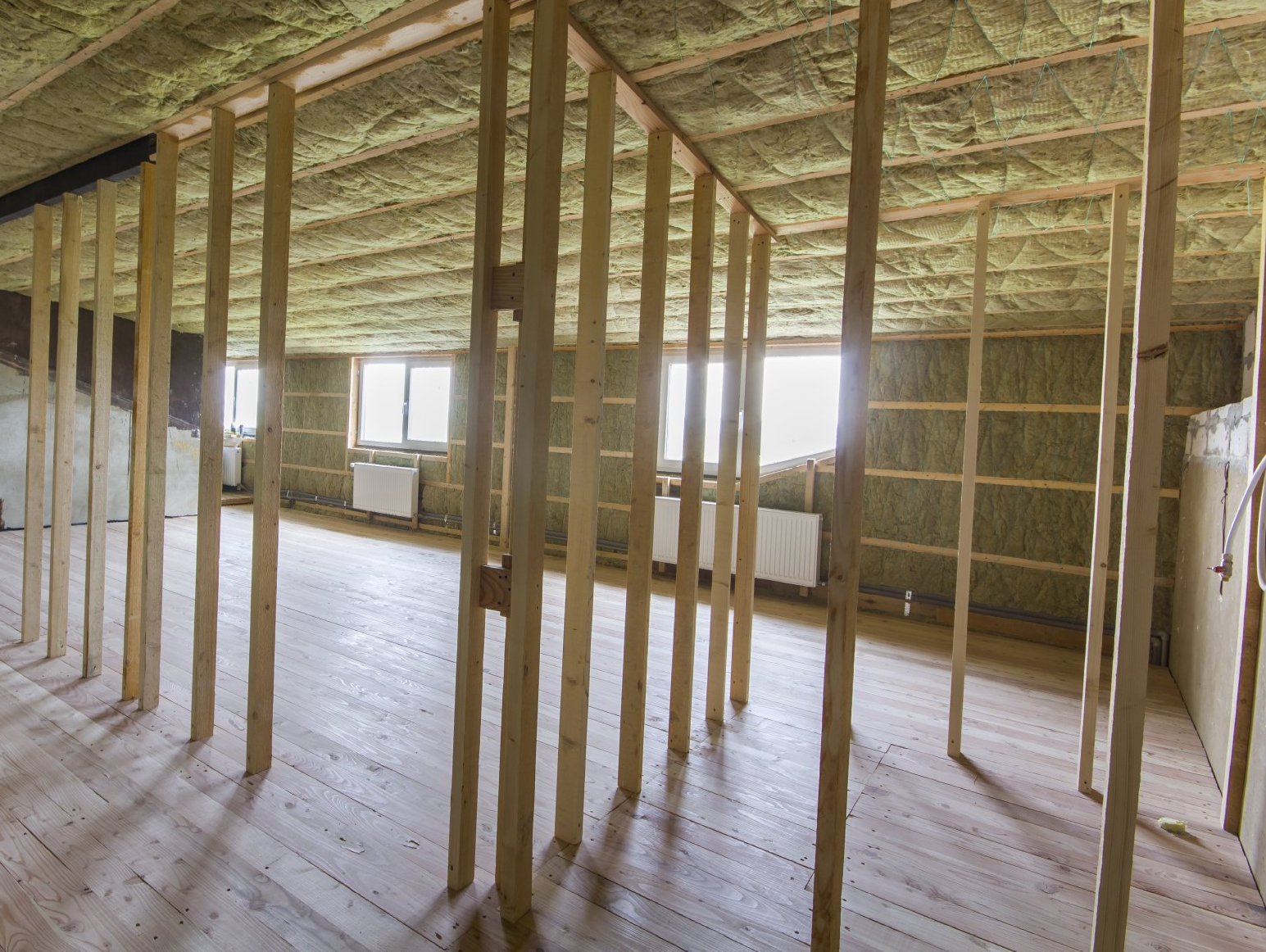Types of Barn Flooring Part 1
Which is the Right Floor for Your Horse Stable?
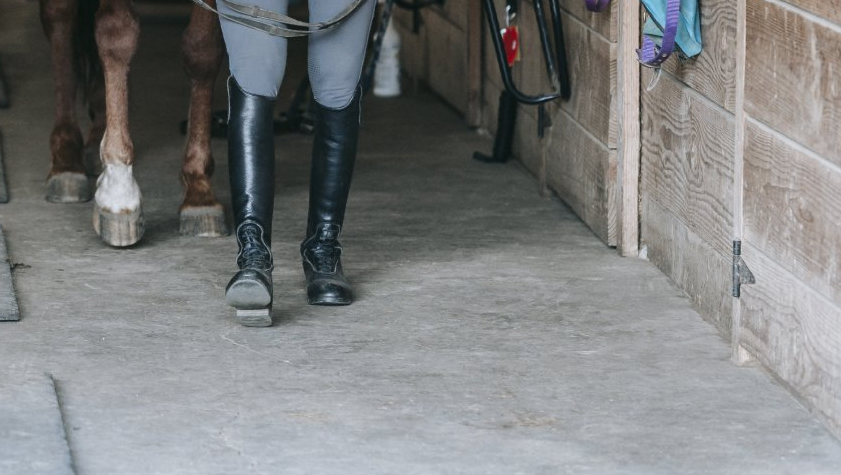
Choosing the right floor for your horse stable is extremely important as it is a long-time investment and not something that you are doing for a day or two. You need to consider a lot of factors such as comfort, safety, ease, durability, presentation, etc. to strike the perfect balance and choose something that best meets all your requirements.
Crushed Limestone
Crushed limestone is also known as limestone dust. When installed professionally, this flooring option can prove to be both comfortable and safe in the long run. One thing you need to ensure is that the floor should be well packed and leveled. The best part about this flooring option is that it provides good drainage. The only thing that you need to keep in mind is that the flooring should be installed over a bed of sand. Another thing that you need to know about crushed limestone is that it can get as hard as concrete. It means that deep bedding will be required for your horse's footing.
Rubber Pavers
Rubber Pavers is another flooring option that you can choose for your horse stable. The Dogbone shape is the most popular one because it is quite visually appealing. The interlocking pavers look attractive once they are laid on the floor of the stable. This flooring is both easy to install and becomes hard on the surface. The best part is that despite becoming so hard, it can be replaced if there is damage.
Some loopholes come with you choosing Rubber Pavers as a flooring option for your horse stable. There is a high chance that water might get trapped on the side of the pavers if the base is too hard. Stones might get settled over time but, it will make the overall floor look quite uneven. Another drawback of installing this floor is that it is difficult to clean as compared to other options on the list.
Interlocking Brick
Interlocking Bricks are somewhat similar to Rubber Pavers. Yes, you read that correctly. They are often known as the Interlocking Mats due to the cushioning of the floor. The best part about this flooring option is that it is easy to clean and slip-resistant. It means that you do not have to worry about the mess in the horse stable. There is one thing though. The flooring does not look as nice as the Rubber Pavers do.
Porous Asphalt flooring option is ideal for your horse stable. It allows water to automatically drain through the asphalt. The water then goes through the layer of the stone and gets absorbed into the soil of the barn. Porous Asphalt is easy to install and you would not require any professional help to do so. It means that you can even do it on your own if you want.
The best part about this flooring option is that it is the most practical and inexpensive one on the list. It can get slippery if there is too much water for too long. If you care about how the flooring would look then this is not the one for you. The floor can also change colors, depending on how and what material you use for cleaning it.
Did you find this article useful? Let us know in the comments.
Frequently Asked Questions (FAQs)
1. What factors should I consider when choosing flooring for my horse stable?
When choosing a flooring option, consider multiple factors such as comfort for the horse, safety, ease of maintenance, durability, and presentation. Make sure to also account for drainage and slip-resistance.
2. Is crushed limestone safe for my horse?
Yes, crushed limestone can be a safe option when installed correctly. It should be well-packed and leveled, ideally over a bed of sand. Deep bedding will be required for your horse's footing as limestone can become as hard as concrete over time.
3. What are the drawbacks of Rubber Pavers?
While visually appealing and easy to install, Rubber Pavers have a few downsides. They can trap water if the base is too hard and can be difficult to clean. Over time, stones may settle, leading to an uneven floor.
4. How easy is it to maintain Interlocking Bricks compared to other options?
Interlocking Bricks are relatively easy to maintain. They are slip-resistant and easier to clean compared to Rubber Pavers. However, they may not be as visually appealing.
5. Are there any aesthetic concerns with Porous Asphalt?
Yes, Porous Asphalt is not the best option if you're concerned about the visual appeal of your stable. The material can also change colors depending on the cleaning products used. However, it is a practical and inexpensive option with good drainage capabilities.

